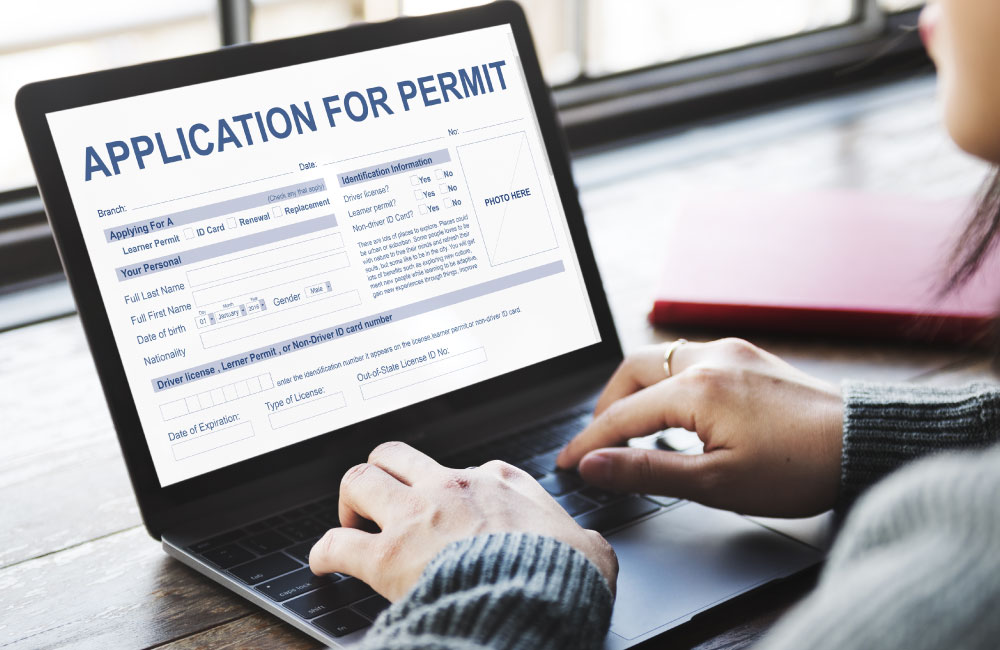Because these can invigorate everyone to be active and outdoorsy, it’s no wonder gazebos become favorite outbuildings in residential and commercial areas. This is aside from the many purposes of a gazebo for a family or company. Perhaps, the only concern with a gazebo is probably it may or may not need a permit.

To get a permit or not?
As an accessory structure, a gazebo typically needs a building permit. This depends on the size, setback, or place where it will stand. For a small one like below 8 feet tall, 100 square feet wide, and has five feet distance from other structures, it typically does not need a building certification.
Be cautious, though, that these figures are rough estimates. They may not be applicable in your state, county, or city. So to verify, ask your building permit division. It is good that they may not require you to get a permit. It is also good that you get that confirmation straight from an authority.
What is dangerous about not securing a permit, when it is required, is you will shoulder the burdens. You may penalize for violating building codes. The government may order to demolish your gazebo. Even if the contractor has negligence, it may still get away from the liabilities.
On the other hand, a trusted gazebo provider can be very helpful. It can guide you to understand the technicalities in acquiring a building permit. It can assist you with essential steps to do, as well as to fast-track your application. In most cases also, a gazebo company can provide a building plan, the number one requirement for the certification.

To get a permit
If the gazebo needs a building permit, bear in mind that a review officer wants to know if it is safe to use in your zoning district. Remember that not all states have the same weather and geographical conditions. Some experience snowy and windy, while others have sunny weather. Some have steep slopes, while others have level grounds. Also, there are prone to experience harsher elements that can tear down weak gazebos. For these reasons, some local authorities are strict on the foundation and anchoring system of a structure.
There are concerns if a gazebo is attached or freestanding too. If it is attached, the inspector examines how it affects the main building or house. A few factors to note are the quality of architecture and materials to use. Are the materials fire-rated or galvanized? Expect also that when you add something to a gazebo, you need a separate permit for each one. For example, permits for electrical wiring or water sewage. If you’re in Texas or nearby areas, better contact your local authority about permits for gazebos.
To build a gazebo
Although getting a permit is somehow burdensome, remember it will not diminish the benefits of having a gazebo on your property. A gazebo is an accessory structure you need to enjoy the view around your property or area. It is like a beautiful, giant, and sturdy umbrella that gives shelter against sun or rain.
A gazebo is also a multi-functional hall for your family. It can be a venue for your small gathering or even regular bonding moments. In addition, it houses things you like to cover like a mini pool or house equipment.
Doing outdoor activities is good for well-being. These also can connect you to your surroundings and energize you to discover more about their community. If you want to enjoy these, building a gazebo is certainly an answer.
